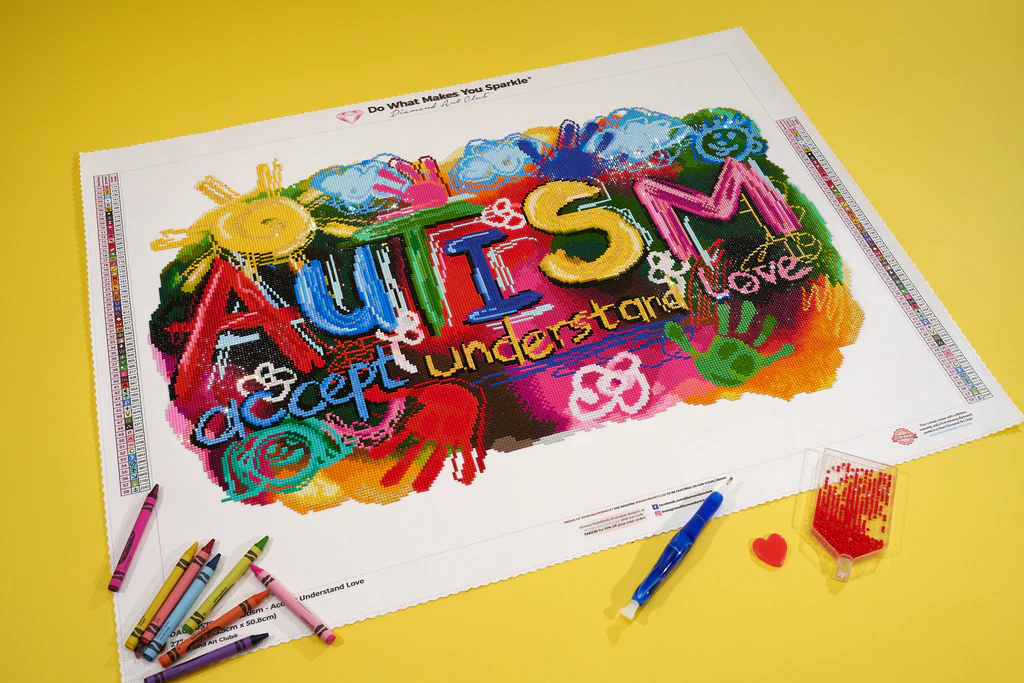What is autism?
Autism is a neurological disorder that affects both verbal communication and social skills of the individual, which remain limited. Diagnosis usually occurs at the age of three and is more common in boys. Like all neurological disorders, autism is a condition that persists into adulthood. However, with appropriate therapy, symptoms can improve, and the individual can develop skills that will help them in adult life. Children with autism usually have one single interest that dominates their activities. Often, this interest becomes an obsession as they dedicate a large portion of their personal time to it. However, this obsession can lead to the cultivation of a talent that is very useful for their life. 25% are characterized as high-functioning, which means that gradually they will be able to develop speech skills and some social skills after appropriate intervention.
Causes of autism.
The causes of autism have not been clearly identified. Some research links autism to genetic and biological factors, while many scientists argue that it is due to problems during early embryonic development and brain formation.
Symptoms
The individual exhibits characteristics indicative of intense interest or obsession, often fixating on specific topics or activities to the exclusion of others. They struggle to function outside of established routines, finding comfort and security in predictability. Their communication is marked by an inability to lie or mimic, along with delayed speech and difficulty maintaining conversations. Social interactions are challenging due to a lack of social skills, difficulty understanding others' emotions, and an avoidance of eye contact or physical contact. Additionally, they have trouble with imitation, social play, and understanding figurative speech. Repetitive movements are common, as is an inability to use or understand body language, gestures, or modulate tone of voice. When stressed, they may exhibit aggressive behavior. These symptoms collectively suggest a condition such as autism spectrum disorder, which impacts various aspects of their social and communicative functioning.
Teaching techniques
Like all neurological disorders, teaching a foreign language is particularly challenging for children with autism. It is self-evident that intervention in the mother tongue takes precedence, through which the correct foundations will be laid for psychological support and social development beyond intervention in the educational aspect, which focuses on developing language communication.
The educator who undertakes the teaching of English or any foreign language to these individuals should primarily love the children and provide them with emotional support. The use of the PECS system on a daily basis can be incorporated into the class routine to help children express, understand, and share their emotions.
Furthermore, role-playing activities should provide children with opportunities to develop their social relationships. Group activities can help children with autism integrate and express themselves properly.
Moreover, because they often do not recognize the consequences of their actions, videos showing children in similar situations help them recognize how others feel as a result of their own actions. Comics are a good aid to reinforce social interaction.
Finally, regarding the academic aspect of education:
In designing lessons for individuals displaying characteristics such as intense interest or obsession, difficulty in communication, and challenges in social interaction, educators must employ visual aids, symbols, and images to facilitate verbal communication. Maintaining a structured routine within each lesson, signaled by early warnings of any changes, is crucial, supported by visual symbols delineating lesson structures and cognitive outcomes. Clear instructions are essential, embedded within a well-designed, structured learning environment with tailored lesson plans. Incorporating the student's specific interests into the curriculum fosters engagement and participation. Additionally, leveraging computer technology can enhance skill development, while teaching models with illustrative examples offer effective learning frameworks, catering to diverse learning needs.
Let's not forget that every child is unique and everyone can learn as long as the appropriate teaching method is found.

